Ballet dance is all about grace and precision. The beauty of a ballet pose captivates audiences and showcases a dancer’s skill. Mastering ballet poses requires dedication, discipline, and a deep understanding of art. It also involves a strong connection between the mind and body. Perfecting these poses is both challenging and rewarding. In this blog, we’ll explore the key elements of ballet poses to help dancers improve their technique and showcase the elegance of ballet.
Basics of Ballet Poses
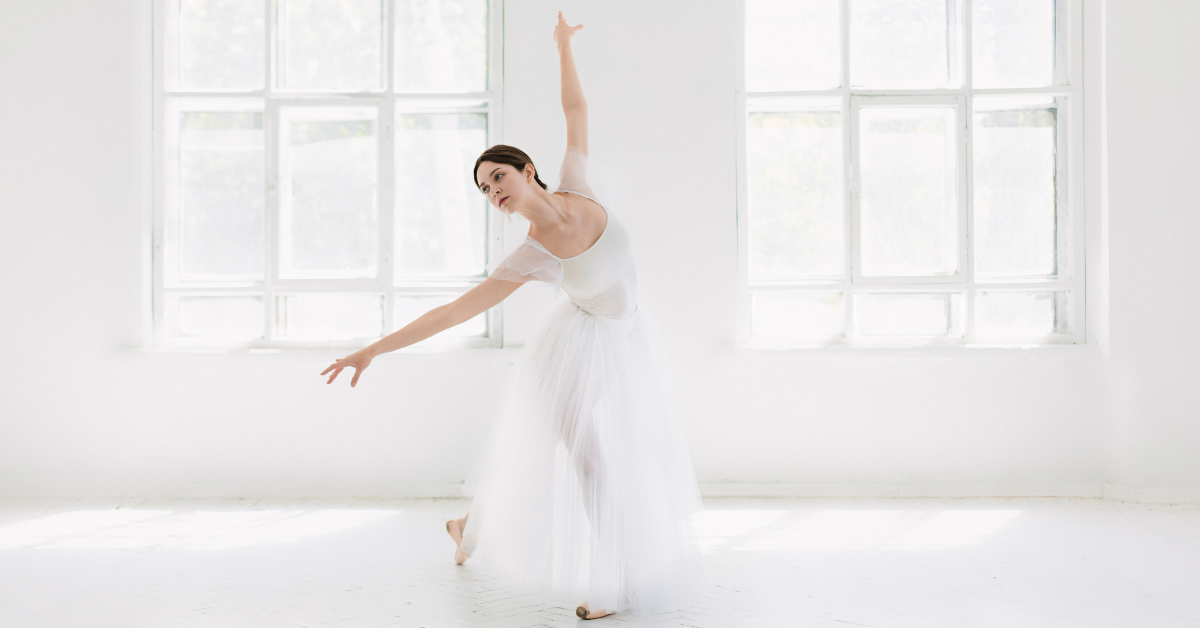
The Importance of the Core
Every ballet pose starts with a strong core. Engaging your core muscles helps you hold positions smoothly and supports your arms, legs, and head.
Alignment and Posture
Proper alignment is crucial in ballet. Keeping a straight line from your toes to your head helps maintain the spine’s natural curve. Good alignment not only looks better but also reduces the risk of injury.
The Role of the Feet
Your feet play a key role in every ballet pose. Whether you’re in a demi-plié or on pointe, the positioning of your feet affects your balance and the overall look of the pose.
The Expression of the Arms and Hands (Port de Bras)
Your arms, known as “port de bras” in ballet, bring your poses to life. They help convey emotion and tell a story. Whether your leg is raised dramatically or your arms frame your face, they add depth to your pose.
Head and Neck
How you position your head and neck can change the focus and intent of a pose. It’s not just about looking a certain way. It’s about expressing the character’s emotions and story.
Smooth Transitions
While individual poses are essential, transitioning smoothly between them is just as crucial. Seamless transitions make a dance piece look like a continuous flow rather than a series of separate poses.
Techniques for Achieving a Perfect Ballet Pose

Breathing and Relaxation
Before starting any ballet pose, focus on your breathing. Deep and steady breaths relax your muscles, making your movements smoother and reducing stiffness. A relaxed dancer is a graceful dancer.
Visual Focus and Gaze
In ballet, where you look is crucial to the overall effect of your pose. Directing your gaze, or “drishti” as it’s known in yoga, can enhance the story behind your movements and add depth to your performance.
Engaging the Right Muscles
Achieving a perfect pose isn’t just about positioning yourself correctly; it’s about engaging the right muscles. For example, activating your inner thigh muscles ensures stability and proper turn-out form.
Using Imagery to Improve Form
Ballet teachers often use imagery to help dancers understand poses better. Visualising a string pulling your head up can help you stand tall, and these visual cues can greatly improve your technique.
Using Mirror

Practicing in front of a mirror lets you correct yourself in real-time. Recording your performance and watching it back can also highlight areas for improvement.
Slow and Steady Practice
Avoid rushing through poses, as this can lead to poor technique. Practice each pose slowly, focusing on every detail. Over time, your muscle memory will improve, allowing you to execute poses quickly and accurately.
Seeking Expert Guidance
The feedback from an experienced ballet teacher is invaluable. Regular classes, workshops, and one-on-one sessions provide tailored advice to help you perfect your poses.
Synchronising Mind and Body
Ballet is both a mental and physical activity. Being present, understanding the emotion behind each pose, and synchronising your mental intent with your movements can elevate your performance.
Common Mistakes and Corrections in Ballet
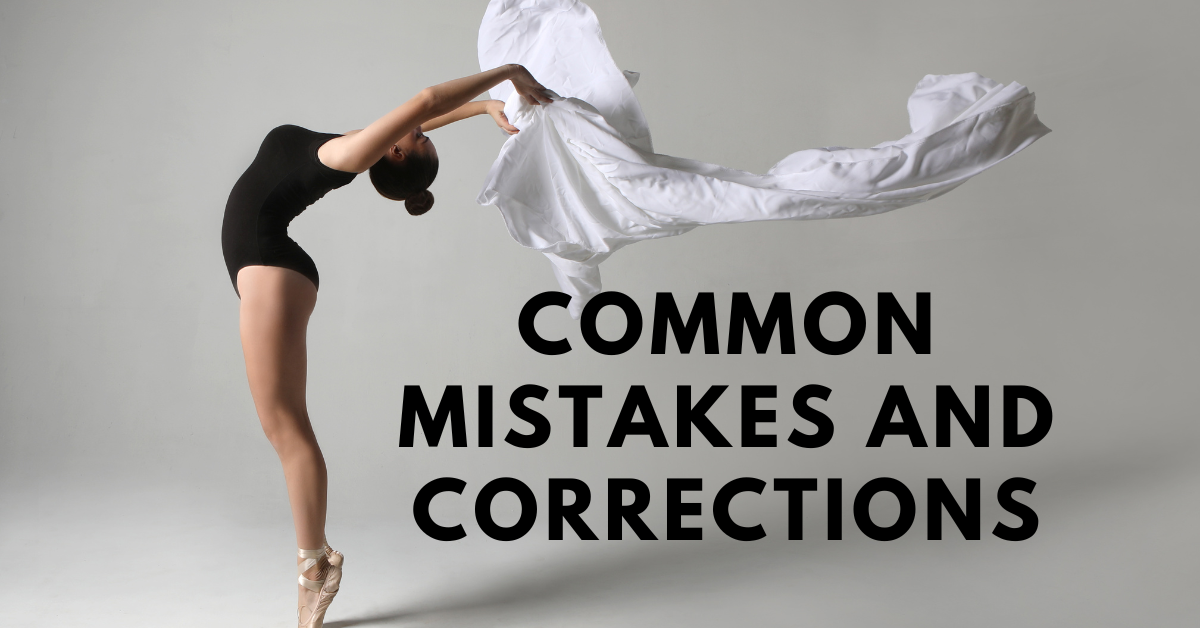
Incorrect Posture
- Mistake: Many dancers slouch their back, curving their spine when trying to hold poses.
- Correction: Focus on elongating your spine. Imagine a string pulling you up from the top of your head. Engage your core muscles to help maintain a straight back.
Pushing Beyond Limits
- Mistake: Trying to force a 180-degree turnout can cause strain and injury.
- Correction: Know your body’s natural limits. Work on improving your turnout gradually, ensuring the rotation comes from your hips, not just your feet.
Unfocused Eyes
- Mistake: An unfocused or shifting gaze can take away from the beauty of a pose.
- Correction: Decide your focal points in advance. Practice directing your gaze purposefully, adding depth and intention to each movement.
Overextended Limbs
- Mistake: Overextending your limbs to appear more expressive can cause strain.
- Correction: Focus on controlled, deliberate movements. Flexibility exercises can help you achieve the desired extension without forcing your body.
Over-reliance on Limbs
- Mistake: Not engaging your core muscles can lead to unstable poses and imbalance.
- Correction: Include core-strengthening exercises in your routine. Remember to engage your core during the dance, especially during challenging sequences.
Improper Foot Placement
- Mistake: Incorrect foot placement, whether flat or en pointe, can lead to other mistakes in the pose.
- Correction: Pay close attention to your footwork during practice. Use foot-strengthening tools and exercises to improve placement and stability.
Holding Breath
- Mistake: Holding your breath during challenging poses can create unnecessary tension.
- Correction: Practice rhythmic breathing. Synchronise your breath with your movements to ensure a flow of oxygen that helps with relaxation and fluidity.
Role of Flexibility and Strength Training
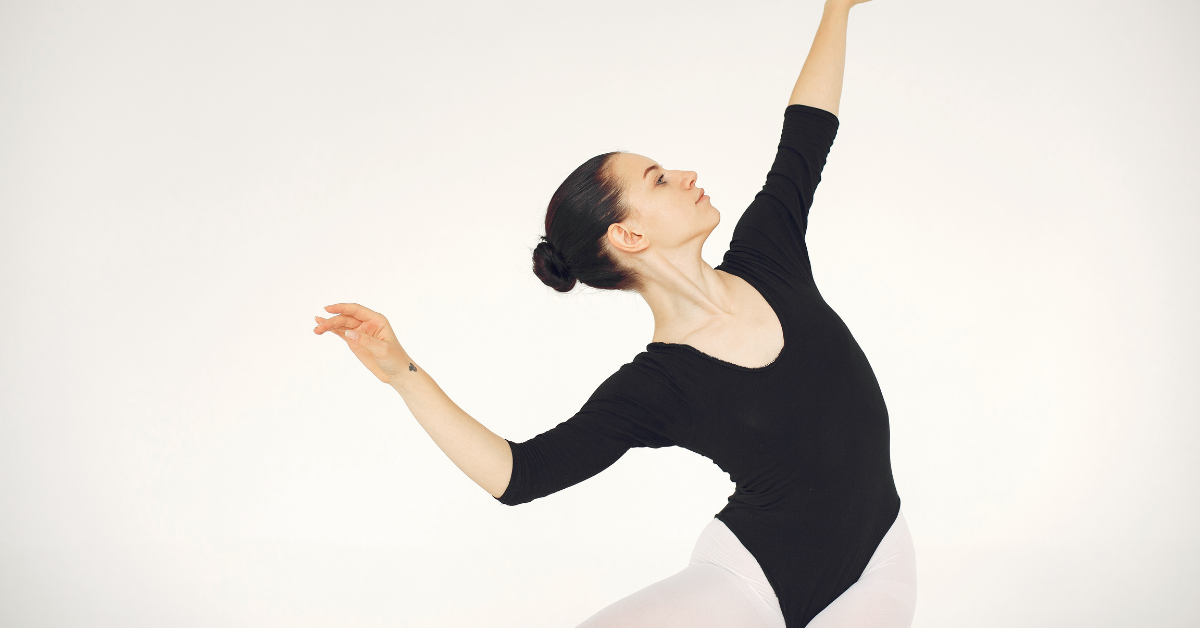
Why Both Matter
Flexibility and strength might seem like opposites, but they are essential in ballet. Flexibility allows for a wide range of motion and elegant extensions, while strength ensures stability and balance and helps prevent injuries.
Flexibility
- Benefits: Enhanced flexibility lets dancers achieve a wider range of poses and movements, making performances more expansive and graceful.
- Training Tips: Incorporate dynamic stretches, PNF (Proprioceptive Neuromuscular Facilitation) stretching, and yoga into your routine. Be consistent, but listen to your body to avoid overstretching.
Strength
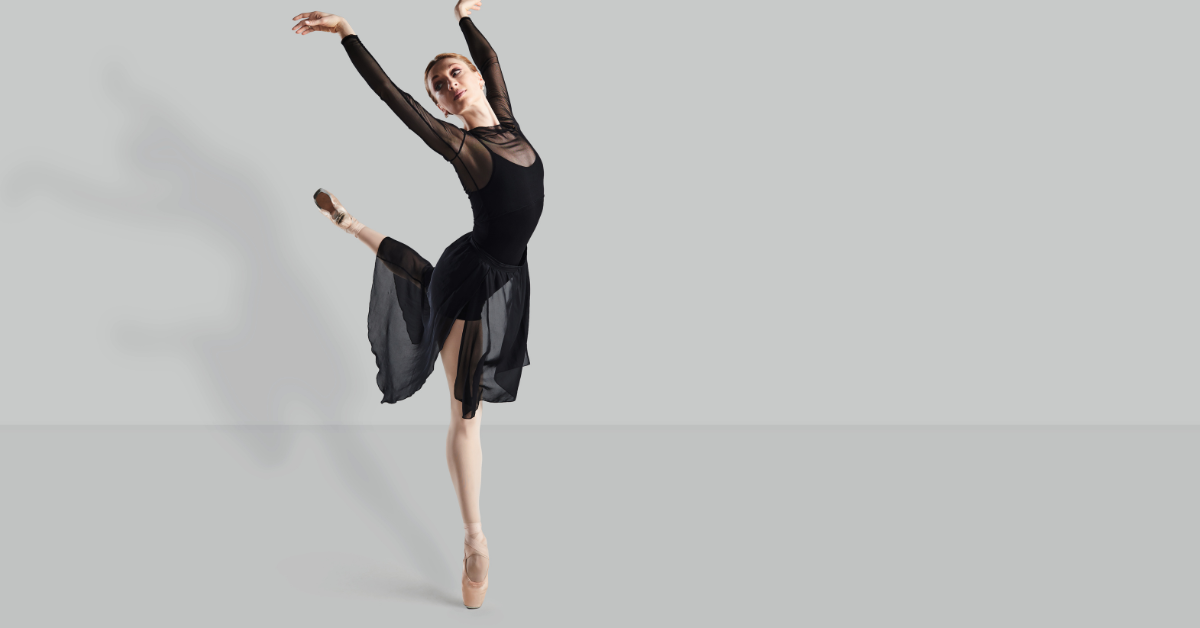
- Benefits: Strength, especially in the core, legs, and feet, helps dancers maintain poses for longer, transition smoothly, and execute jumps and lifts precisely.
- Training Tips: Include resistance training, Pilates, and bodyweight exercises in your routine. Focus on ballet-specific muscle groups, such as the calves, quads, and core.
Balancing Flexibility and Strength
It’s essential to balance both. A dancer with great flexibility but little strength risks injury, while a strong dancer without flexibility may look stiff.
- Recommendation: Dedicate specific days or sessions to each type of training. Consider cross-training methods that incorporate both elements, like certain forms of yoga or functional fitness routines.
Preventing Injuries
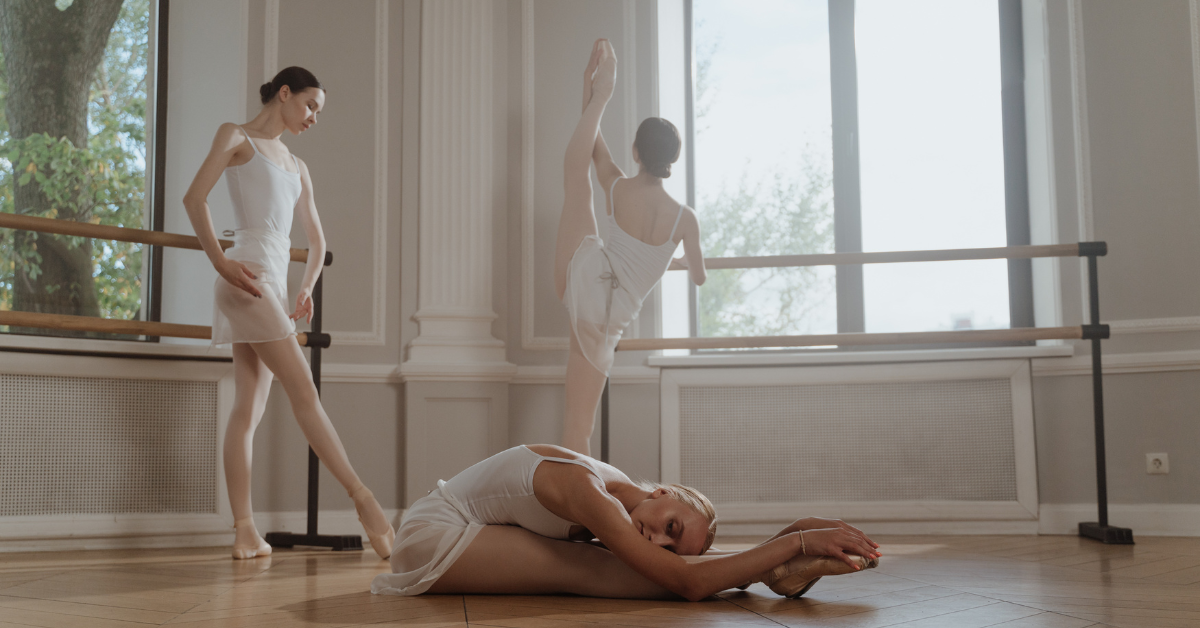
Developing both flexibility and strength helps protect against common dance injuries. A balanced body, where muscles and joints work harmoniously, is less likely to suffer strains and sprains.
- Advice: Warm up properly before any intensive training. Listen to your body and seek rest or professional advice if pain persists beyond typical muscle soreness.
Enhancing Performance
Improved flexibility makes poses more pronounced and graceful. Coupled with strength, these poses are performed confidently, giving dancers a stronger stage presence.
- Reflection: Review your performances regularly, noting where increased strength or flexibility could enhance the overall quality. Adjust your training routine accordingly.
The Psychological Aspect
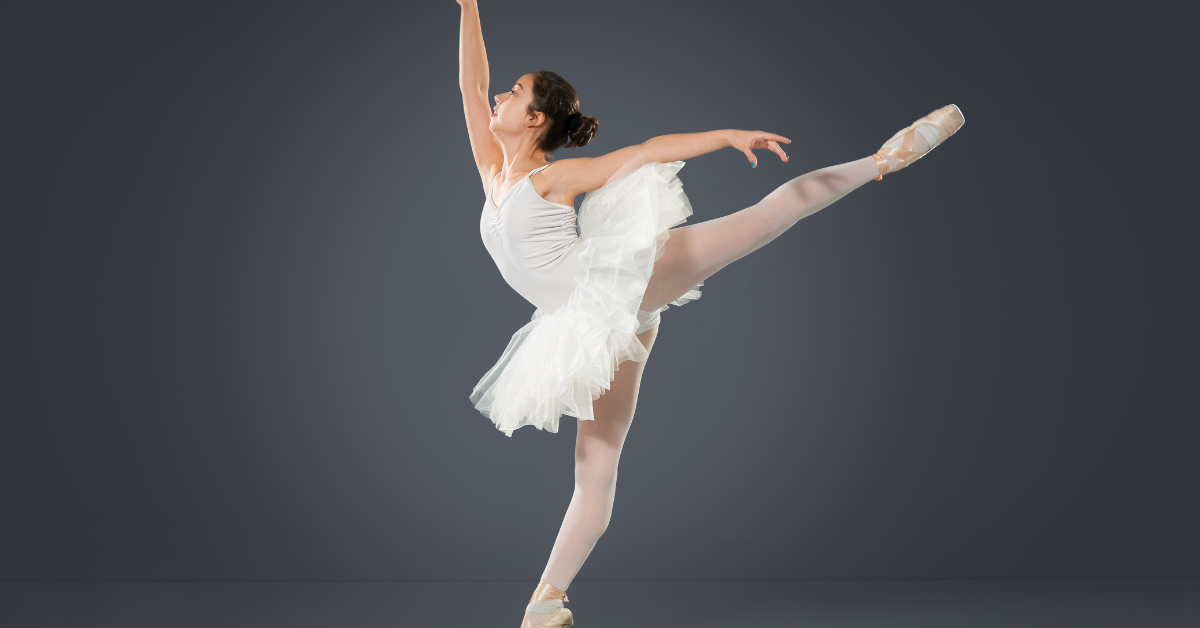
The Intrinsic Link
Ballet is not just about physical skills; it’s also about expressing emotion and telling a story. Understanding the connection between the mind and body is crucial for dancers who want to convey these elements seamlessly.
Using the Mind’s Eye
- Significance: Visualising a performance or difficult move can improve muscle memory, reduce performance anxiety, and enhance execution.
- Techniques: Regularly practice mental run-throughs of your routines, imagining each move in detail. This mental rehearsal can be as effective as physical practice.
Emotion and Expression
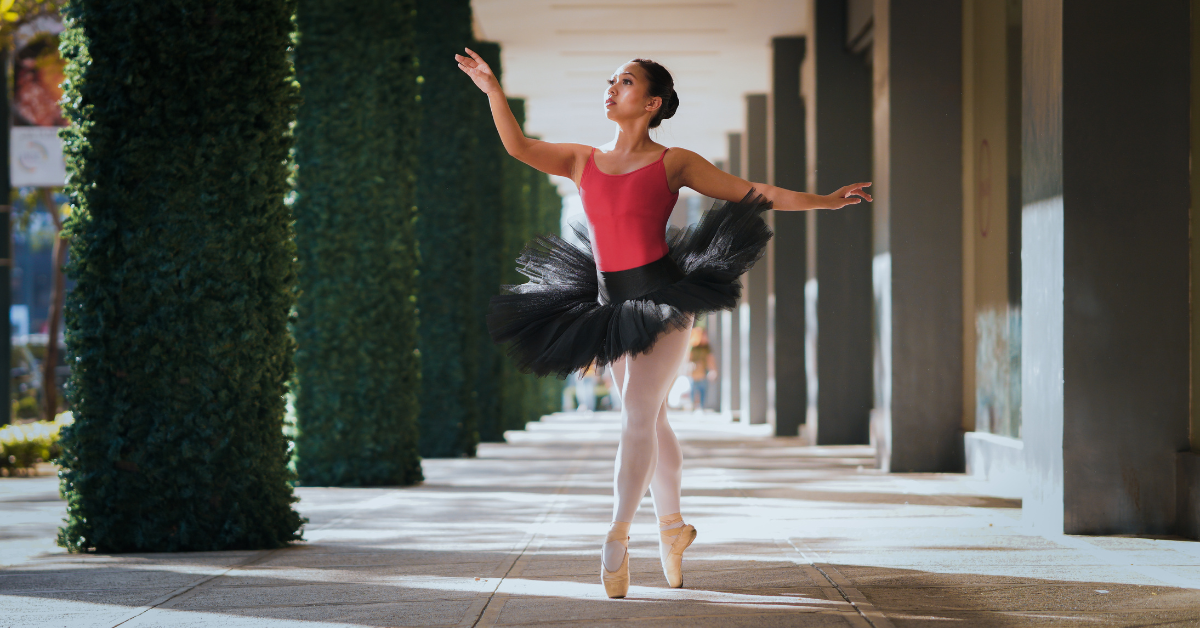
- The Role of Emotion: Emotions make each performance unique and add depth. Connecting emotionally helps with authentic expression.
- Harnessing Emotions: Reflective practices like journaling or meditation can help you understand and channel your emotions effectively during performances.
Stress and Anxiety
- Understanding the Root: Performance anxiety is common. Knowing its source, whether fear of judgment, making mistakes, or being in the spotlight, can help address it.
- Strategies for Calm: Deep breathing exercises, positive affirmations, and grounding techniques can help. Over time, repeated exposure to performances can also reduce these anxieties.
The Power of Mindfulness
- Benefits: Being fully present improves a dancer’s responsiveness and adaptability to unexpected onstage challenges.
- Practicing Mindfulness: Include mindfulness exercises like focused breathing or guided meditations in your daily routine. This can improve concentration and stage presence.
Confidence and Self-belief
- Building Self-esteem: Confidence impacts a dancer’s performance and the audience’s perception. Believing in yourself can turn a good performance into an unforgettable one.
- Fostering Confidence: Celebrate small achievements, seek constructive feedback, and maintain a growth mindset. Surrounding yourself with supportive peers and mentors can also boost self-belief.
Conclusion
Ballet is more than just steps and postures. It combines physical strength and passion, showcasing the human spirit. From learning basic poses to mastering the mind-body connection, a dancer’s journey is challenging and rewarding. It’s not just about perfecting a pose but expressing your soul and sharing your story. Whether you’re a beginner or a professional, remember that the beauty of ballet lies in striving for perfection. Embrace the challenges, cherish the moments, and dance with all your heart.
At Kew School of Dance, we’re passionate about helping you explore the artistry of ballet. Our dedicated instructors are ready to guide you through each step of your dance journey. For more information or to book a trial class, contact us at 03 9123 8458 / 0410 311 008. Join us today and start expressing your passion through ballet!








